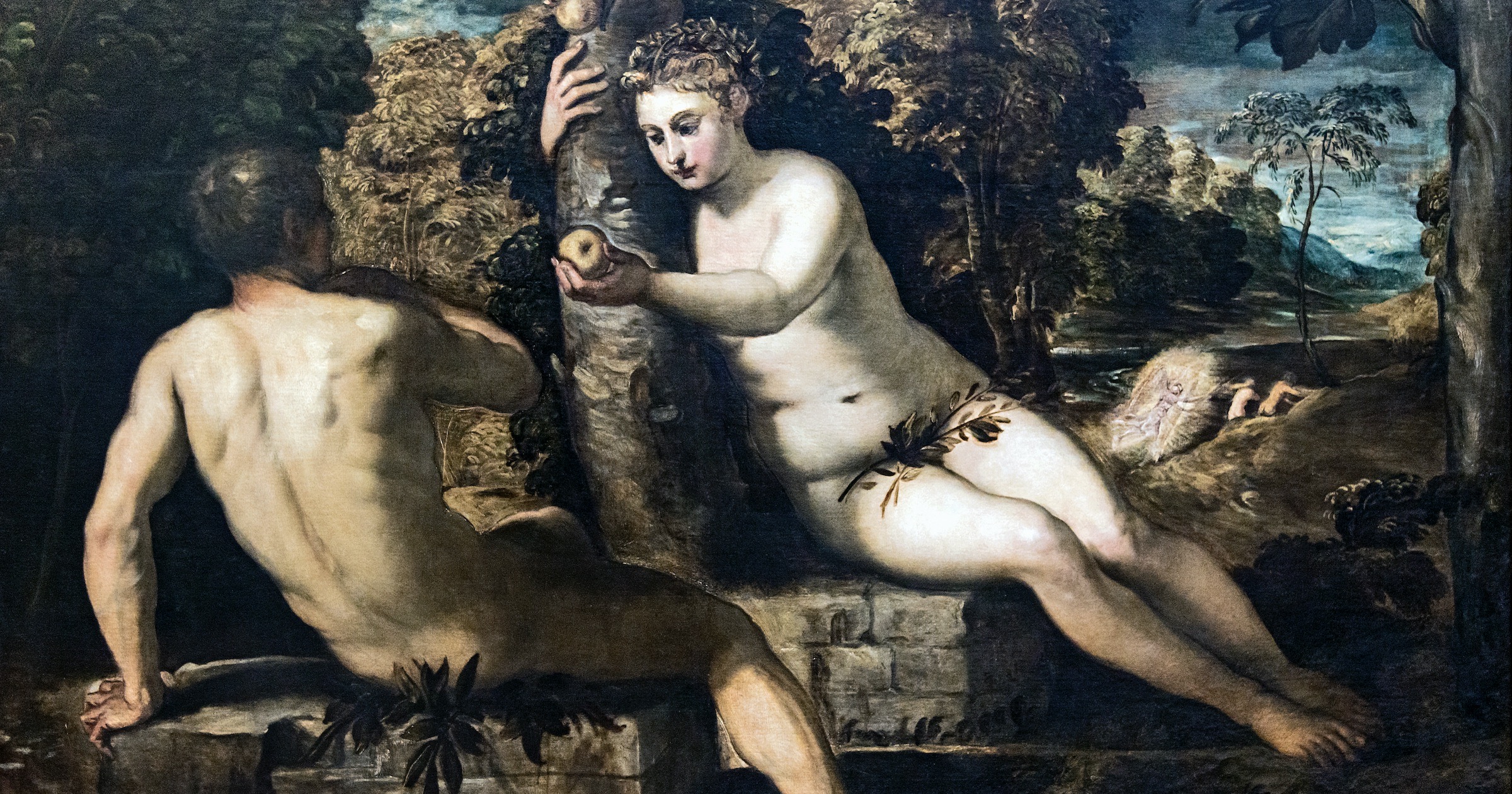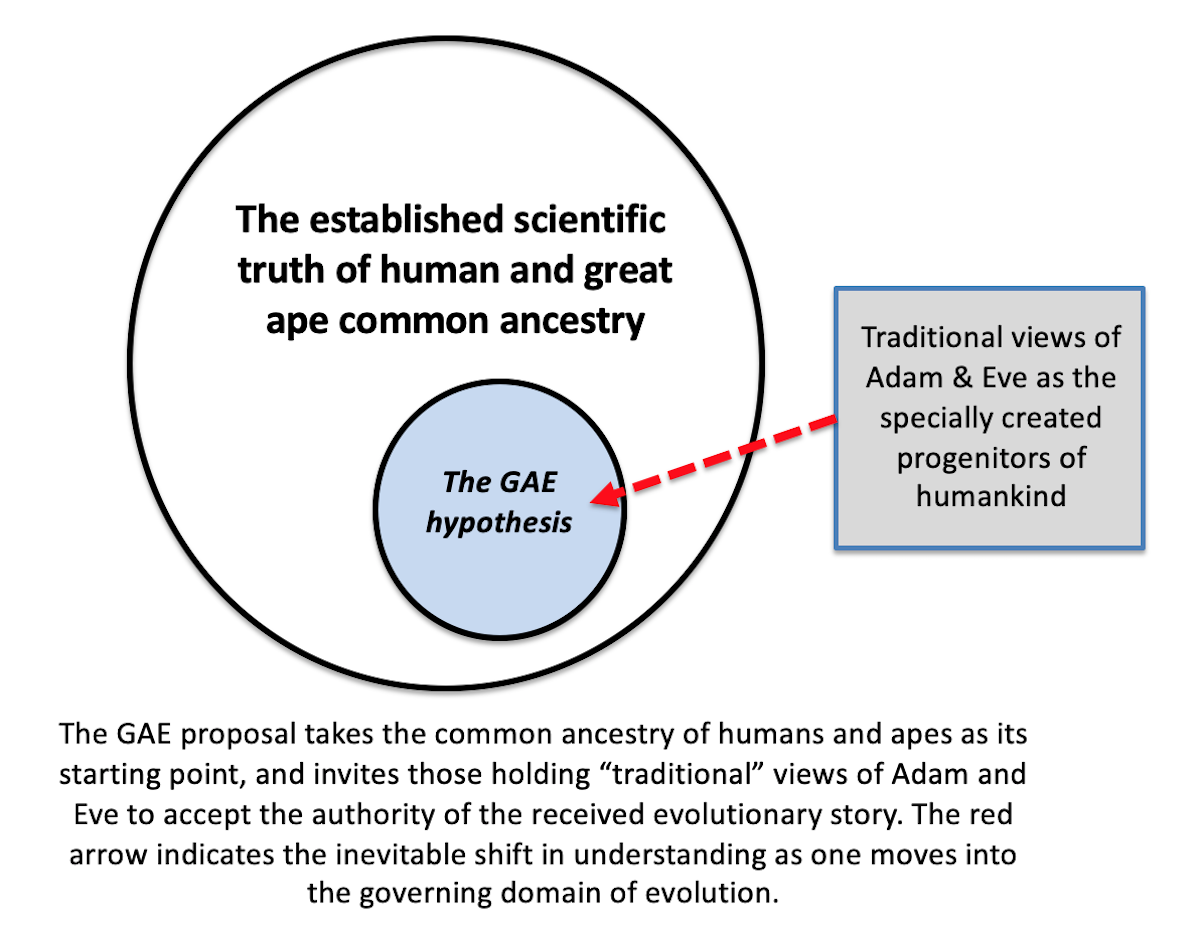 Evolution
Evolution
 Intelligent Design
Intelligent Design
On the Swamidass Hypothesis — The Cheese Stands Alone

Joshua Swamidass wonders why I reviewed The Genealogical Adam and Eve (GAE) unfavorably. Other ID advocates, he notes, such as Sean McDowell or Walter Bradley, liked the book. And scientists not explicitly affiliated with ID, such as the UK botanist and geneticist Richard Buggs, or Rice University synthetic chemist James Tour, also liked it.
Indeed, they did. Buggs said that Swamidass might be nominated for a Templeton Prize. Tour put him on the list for a Nobel Peace Prize. With respect to GAE’s main thesis, however, these reviewers were diplomatically neutral or politely non-committal. Read their comments, at the links above, and you’ll see what I mean. What they did not do — what no one, to my knowledge, has done yet — is agree that the GAE scenario is true, in the everyday scientific usage of the best supported hypothesis among the candidates, consistent with all the evidence. Not even Swamidass himself, the author of the GAE hypothesis, will say that.
So we have a lonely hypothesis standing by itself in the center of the room, which no one, including its author, will own as true (meaning, as noted above, will put forward as the best established in the array of possible hypotheses for human origins). The cheese — the GAE hypothesis — stands alone.
Something Puzzling
The question is why. When an author says, in effect, “Here is a hypothesis about the origin of Homo sapiens which needs your serious attention, but I, who came up with the idea, am not going to tell you what I think is actually the case,” something puzzling is afoot. Darwin wasn’t so cagey. Nor are Richard Dawkins and Jerry Coyne. Nor is Michael Behe, or Stephen Meyer. I agree with the latter two about the empirical detectability of design, and disagree with the former three about common descent and natural selection, but I greatly respect all five for following the counsel of Matthew 5:37. “Let your Yes be Yes and your No, No.” Evolutionary or ID theorists who defend their positions as the best available, i.e, as “true,” in the everyday sense sketched above, give one something to grapple with and to learn from. Any hypothesis worth proposing is also a hypothesis worth defending, personally, as probably the case, at least until shown otherwise.
Thus, my conscience is untroubled by my less-than-passionate interest in the many artful maneuvers, scientific and theological, of the GAE scenario. Swamidass has found a way to have Adam and Eve, albeit without having them, so to speak — that is, they might have existed, but not in any historical form that would have been recognizable to a pre-Darwinian, or (more to the point) that would disquiet an evolutionary biologist today. Adam and Eve certainly were not the first humans. The species Homo sapiens came to be via an evolutionary process, sharing common ancestry with other primates. Adam and Eve, if they existed, were very late arrivals, dropped de novo (maybe) into the ongoing evolutionary narrative. Their offspring immediately interbred with the vastly greater number of pre-existing, evolved humans, unrelated to A & E.
But nothing biological, no evidence, points to A & E. The ordinary methods of science can say nothing about them, one way or another. That’s a feature of the GAE hypothesis, not a bug.
A Menu for Other People
If you want to know more, read GAE. I simply don’t care, because I’m not going to take the GAE hypothesis more seriously than Swamidass himself does. For him, GAE represents a menu for other people to consider, a locus for therapeutic dialogue with the perplexed, because he is weary of Christians resisting the obvious truth of common ancestry. If you, the reader, want for whatever reason to believe that Adam and Eve existed, then the GAE menu has entrée options A, B, or C, consistent with “mainstream science,” with a range of theological à la carte items at the bottom of the page. For his part, however, Swamidass writes (p. 8), “In this book, I do not press my personal beliefs, focusing instead on explaining how science interacts with the questions put forward by others.” The reader will not learn what Swamidass personally thinks is true about Adam and Eve. Look again at the GAE menu, please, and make your selection.
That’s okay. It’s his book. As a reviewer, however, what I do want to know — what I do care about — is how Swamidass ended up where he did, in writing GAE, and what he takes to be the non-negotiable items on the menu. Why did he start where he did? It’s not true that Swamidass does not “press [his] personal beliefs” on his readers. He does, although he would not call the following propositions beliefs:
We genetically arise as a population, not a single couple; we also share ancestors in common with the great apes. This is the story our genomes appear to tell, and it is the starting point of this conversation. (p. 12)
For Swamidass, the common ancestry of humans and other primates is not a belief. It is scientific knowledge. As such, common ancestry represents “the starting point” of GAE.
Here Is Our Endorsement
I speculate that many atheist or agnostic readers of GAE will stop here, at page 12, and lightly skim the rest of the book. Did humans evolve like all other species on Earth? Yes? And Adam and Eve, if they existed, are in principle undetectable by science? Also yes? Wonderful: we’ll endorse the book. Just tell us where to send our blurbs. Nihil obstat, as far as standard evolutionary theory is concerned.

Swamidass has said that science operates by consensus. As I stated in my Sapientia review, I favor Venn diagrams for depicting consensus relations, which are expressions of publicly admissible opinion. Swamidass, as he has long stated, is committed to evolution and common ancestry (see Figure 1) as the established scientific consensus. Thus, common ancestry is his starting point for thinking about Adam and Eve. From there, he reaches out to Christians who currently stand outside that circle, and believe in the traditional conception of Adam and Eve. GAE offers a sort-of-facsimile version of A & E, he argues, within the logical circle of evolution by common ancestry, which you may find acceptable. Step over here, he invites them, to see if you can live theologically with the consequences.
A Path to Truth?
I will be watching to see who takes the GAE offer. For me, scientific consensus is not a path to truth (would I be an ID troublemaker if I believed that? really, now) but represents an inescapable paradox, as simultaneously a strength and weakness of the all-too-human enterprise of science. In our private correspondence, over several years, I have explained to Swamidass my scientific reasons for thinking that human and great ape genomic patterns — his main evidential basis for accepting common ancestry — are far too equivocal a signal to carry the weight he places on them. We disagree, and there our personal debate still stands.
Hence, I see no good grounds for starting the Adam and Eve conversation where Swamidass wants to begin it, with common ancestry as received knowledge. Nonetheless, as a fellow Christian, I wish him well in his project. I’ll find it a lot more significant if, or when, Swamidass defends the GAE scenario as true. A menu item? Not interested.
